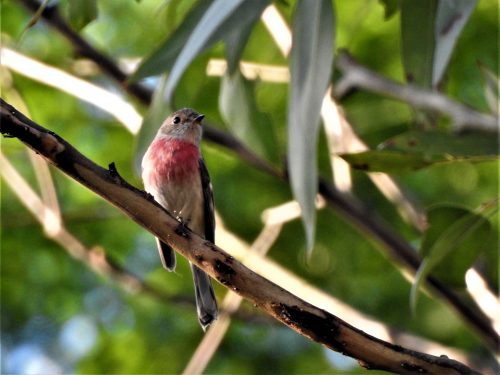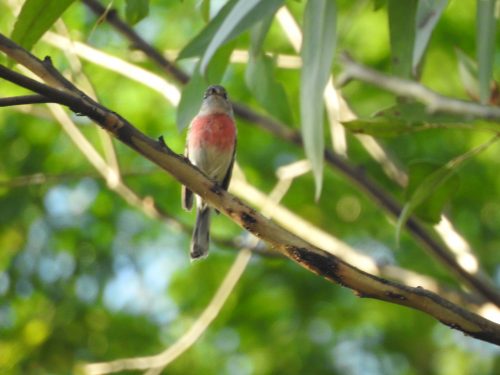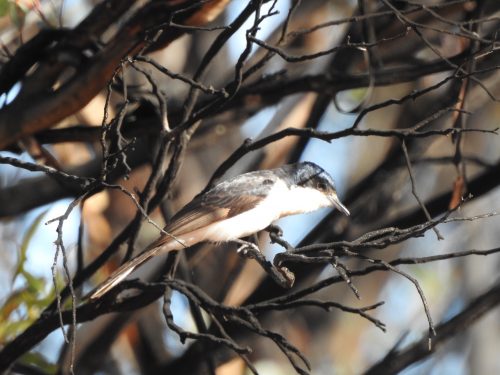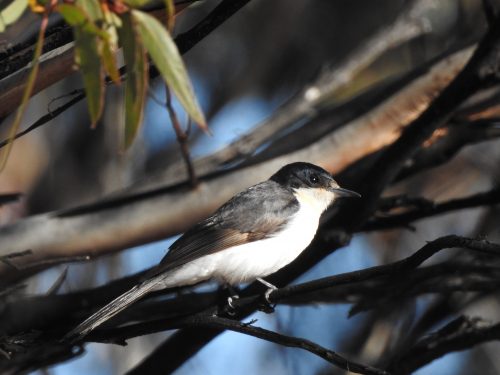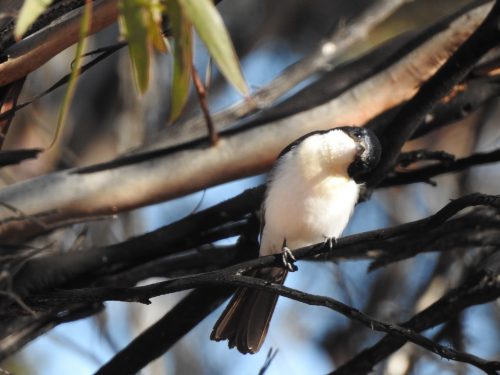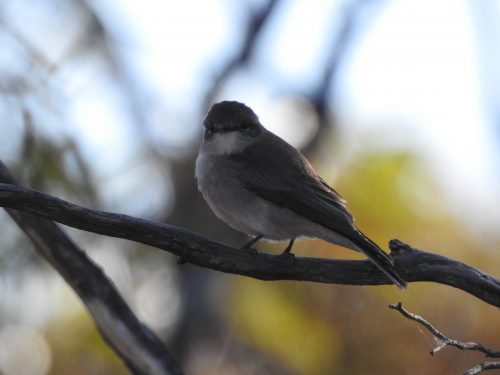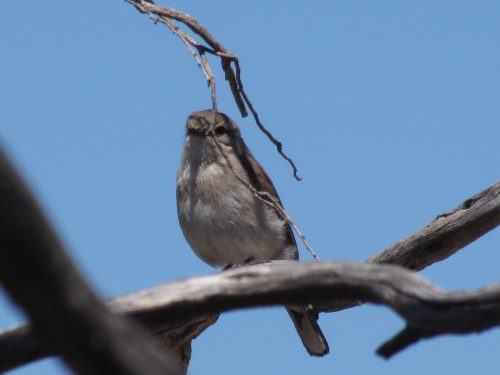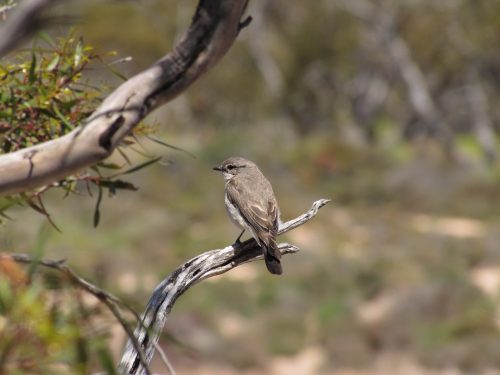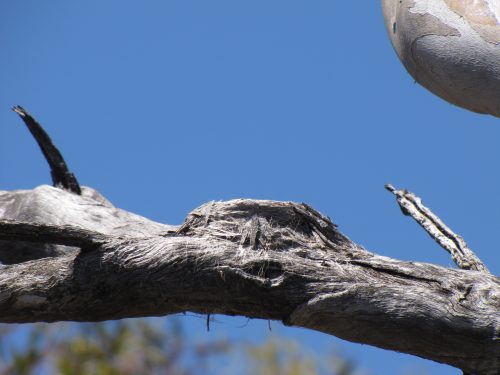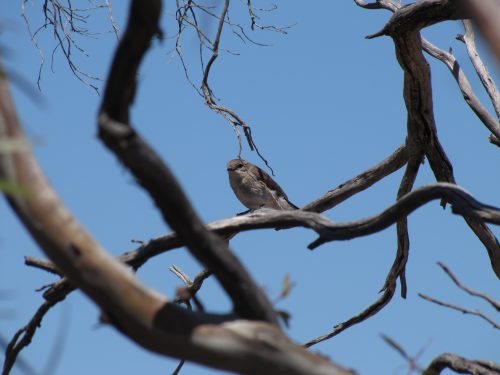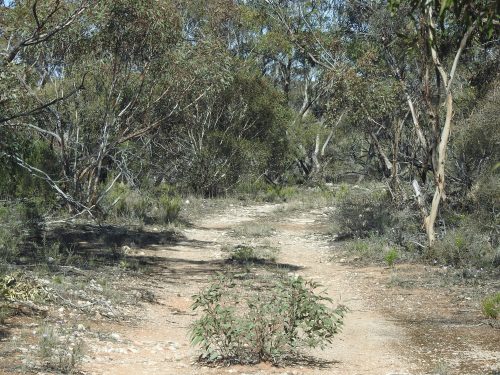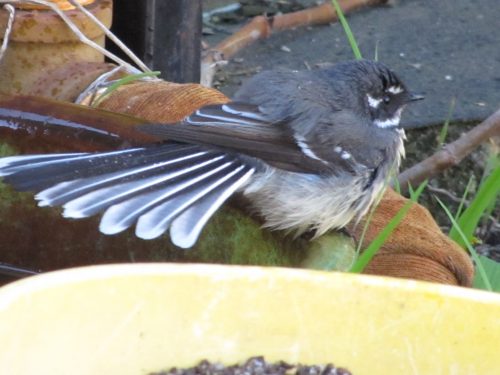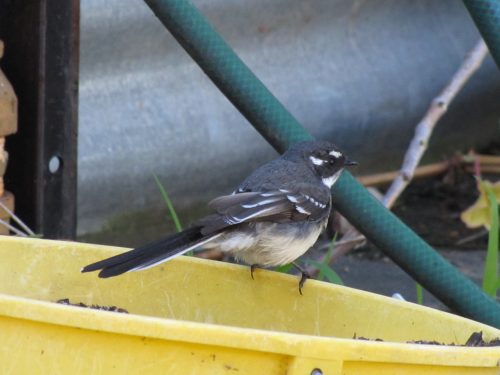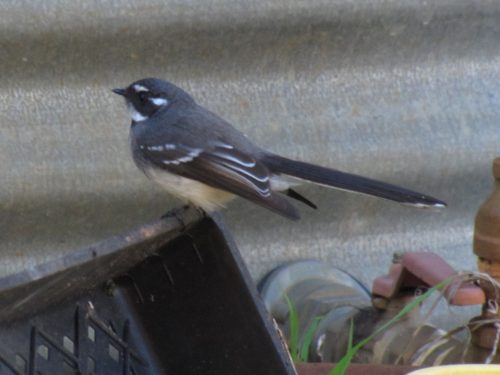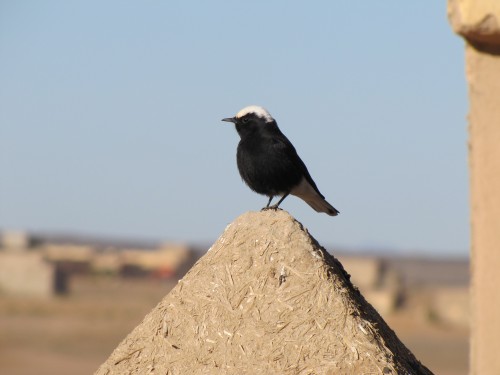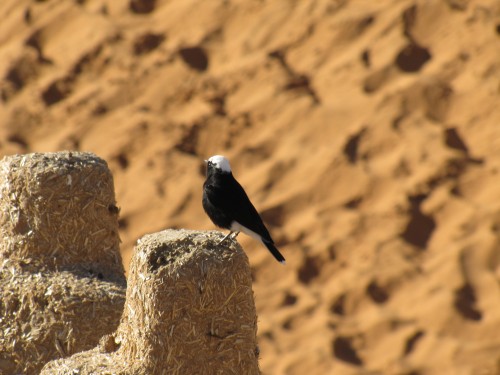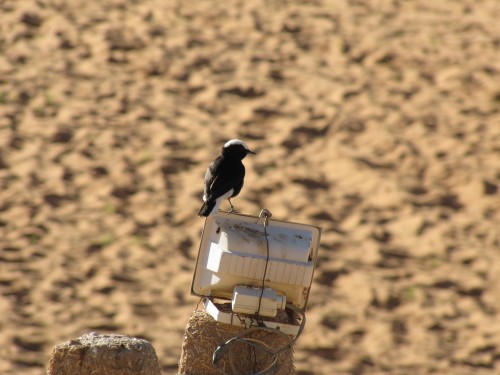A new bird for my life list
I saw a new bird for my Life List yesterday.
A Life List is a list of all the birds a birder has seen. A “lifer” is a bird species seen for the very first time. It is easy to add lifers when travelling in a country for the first time. It is much harder to get one in your home country. It has been several years since I added another bird to my life list. I guess I need to get out more, especially in parts of Australia I haven’t been to yet. Say, ALL of Queensland and ALL of the Northern Territory and ALL of Tasmania.
Lane Cove National Park, Sydney
I spent a few hours yesterday in one of my favourite birding spots, Lane Cove National Park in Sydney. This delightful park has many well-kept picnic areas with toilets and barbecue facilities. It is also very accessible, being about ten minutes west of Chatswood and about 20 minutes drive from the Sydney Harbour Bridge (depending on traffic conditions.). I am fortunate that this park is so accessible from my son’s home in Artarmon. It is easy to see why this has become a favourite birding spot for me.
The bird in question, as shown in today’s photos, is the Rose Robin. It is a delightful bird with soft rose-coloured breast feathers. Until I saw it, I didn’t fully appreciate its delicate colouring. The females and juveniles lack the bright colours of the males, though some females may have a faint wash of pink. The birds feed on insects.
Distribution
The Rose Robin has a widespread distribution, from south-east Queensland, through the eastern ranges of New South Wales, throughout southern Victoria and occasionally into South Australia.
You can read more about the Rose Robin on the Birds in Backyards site here.
Good birding,
Trevor
Restless Flycatcher in Lowan Conservation Park
Several months ago I visited the nearby Lowan Conservation Park in South Australia. Lowan is a half-hour drive from where I live in Murray Bridge and just south of the small community of Bowhill. This small reservation is mainly mallee scrub with an understory of a great variety of plant species, including Acacias, Grevillia, Correa and many more.
It was a quiet, sunny winter’s afternoon and the birding was rather slow. To my delight, however, a Restless Flycatcher was flitting around nearby while I was having an afternoon tea break. Its Latin name is Myiagra inquieta which is very apt: “inquieta” is from the Latin inquietus which means “restless”. On every occasion I have seen this species it has indeed been restless. It is constantly on the move, often calling with a grinding sound which gives it one of its common names: scissors grinder.
While superficially it looks very similar to another member of the flycatcher family, the Willie Wagtail, it is easily distinguished by the white on the throat and its distinctive call. While it does occasionally wag its tail like the Willie Wagtail, it is more likely to hover just above the ground trying to disturb insects to snatch up for its next meal.
On this occasion, the bird I photographed for today’s post was very obliging. It would dart down to the ground to grab an insect and then return to the same perch in a tree nearby, usually always the same branch. This enabled me to focus on the one spot and to get some nice shots of it.
This species is widespread throughout eastern and southern Australia, but in my experience, it is not common anywhere in any numbers. The Willie Wagtail is far more common. I really enjoy coming across this species on my birding travels. I am happy to have the Willie Wagtail as a resident species in my garden, but it would be nice to have the Restless Flycatcher around more often than a fleeting visit every few years. I guess it is trying to tell me to get out birding more often.
I have included several more photos of the same bird below. I’m not sure what it was looking at in the final photo.
Good birding,
Trevor
Further reading:
Just a shy little Jacky Winter
Earlier this year I went for a Saturday afternoon drive to the Lowan Conservation Park near Bowhill north-east of my hometown of Murray Bridge, South Australia. I needed to get out of the house after some cold wintery weather, and my daughter had never been to this park. She had just returned home after teaching for the last two years in Ethiopia. The day promised to be sunny and calm, ideal for a picnic and a spot of birding. Over the years I have visited this small park in the mallee areas of our state on a few occasions and it sometimes throws up a few birding surprises.
As we had afternoon tea – a cuppa and some treats from our local bakery – we sat in the afternoon sunshine. My daughter had her current book to read (Tim Winton’s The Shepherd’s Hut) and I had my camera and binoculars at the ready. Flitting around in the nearby mallee trees was a Jacky Winter, one of our flycatcher species. It’s called a Jacky Winter possibly due to its call which sounds a bit like it is saying ‘jacky winter, jacky winter.’ At least, that’s what it sounds like to me. Another common name is ‘Peter Peter’ and that is probably a closer rendition of its call. Whatever the origin of the name, the bird is a generally unassuming little bird which can often go unnoticed in the Australian bush. More often it is sighted quietly sitting on a branch, a tree stump or fence post watching the surrounding grass intently, just waiting to snatch up a tasty morsel – a passing insect or two.
On this visit to the Lowan Conservation Park, I had good views of this bird, but I had trouble getting my camera focussed on this individual. It kept flitting around, catching afternoon tea and calling all the time. Every time I would try to focus – off it would go again. The only time it sat still enough for a shot in focus it was in the shade – see the photo above.
So that you can get a better view of this species, I have posted several photos taken two years ago in the Murray-Sunset National Park in north-west Victoria. These shots include the beginnings of a nest consisting mainly of a spider web.
Further reading:
Grey Fantail comes up close
One of the birds I would love to have resident in our garden is the Grey Fantail. We live on the outskirts of the rural city of Murray Bridge, about 80 km south-east of Adelaide, South Australia. We live on a five-acre block of land with about half of it being mallee scrub. Near the house, we have planted many native Australian bushes and trees. These attract a wide variety of birds to our garden.
Common and widespread
The Grey Fantail is featured in today’s photos (above and below). This member of the flycatcher family of birds is common and widespread in the district where we live, but I can’t claim it as a resident species. It generally only comes to visit us in the cooler months of the year, usually from April through to September. I am not sure why this is so, but there is quite some evidence to show that this species is partly migratory in parts of Australia. Perhaps it just likes to come visit us for a while each winter – to cheer us up.
Single birds only
When it does visit us, it tends to be only one bird. We rarely have two fantails present at once, though I have seen two together at a favourite birding spot about 3 kilometres to the west. I have just checked my database, and I have only ever recorded one bird at a time on our property over the last 12 years. (My database does not yet go back further than that – it’s a work in progress.)
Other fantails
The Grey Fantail is a close relative of the Rufous Fantail and the much loved and very common Willie Wagtail. This latter species is a resident bird on our property, but the Rufous Fantail is a rare species in South Australia. This is a pity because it is one of my favourite birds and I have only seen one on a handful of occasions. Every time I visit my family in Sydney I live in hope of seeing one – and of getting a good set of photos. I still live in hope.
Photos
Despite it being common in many parts of Australia, I do not have many photos of the Grey Fantail. Its habit of constantly being on the move makes photography of this species a little more challenging than many species. The shots shown today were taken a few weeks ago while my wife and I were having lunch on our back veranda. The fantail came up quite close to where we sat, fluttering around and on the move all the time. I had to anticipate where it was going to perch long enough to press the shutter on my camera. While the composition is not great, and the background distracting (and quite awful), I am still pleased to have managed these photos.
Now I need to find an obliging Rufous Fantail to photograph.
Good birding,
Trevor
Further reading:
- Grey Fantail – from the Birds in Backyards website – plenty more information here.
- A brave Willie Wagtail
- A feisty Willie Wagtail
- Grey Fantail at last
White-crowned Black Wheatear in the Sahara
On our tour of Morocco a few years ago we stopped for breakfast in the garden of an auberge (hotel) on the fringe of the Sahara Desert. We had spent the night in a Berber tent in the desert. It happened to be Christmas Eve – one we will not forget because it was so different. During breakfast, I was able to add quite a few photos of birds hanging around the gardens and buildings of the hotel.
One of the delightful birds I saw and photographed was the White-crowned Black Wheatear (Oenanthe leucopyga). This was a “lifer” – the first time I had ever seen this species in my life. I was so pleased to get several good photos of the bird. At the time, I didn’t know what it was and I have needed to do plenty of research here at home, both for this species, and for many others seen on the trip.
I have discovered that wheatears were once regarded as members of the Thrush family. In more recent times the experts have agreed that they are, in fact, members of the Old World Flycatcher family of birds.
They breed in the stony deserts from the Sahara across northern parts of Africa and as far as Iraq. It also occurs as a vagrant in parts of Europe, even occasionally in Great Britain. It makes a nest in the crevices of rocks or walls.
This species eats mainly insects. It also has a loud song, but the one I saw wasn’t calling.
You can read more about this species on Wikipedia here.
